Table of content
Cooking soybeans, whether for a hearty soup, a nutritious salad, or a protein-packed snack, requires mastering the art of determining their doneness. Undercooked soybeans can be tough and indigestible, while overcooked ones can turn mushy and lose their flavor. Understanding the various indicators of cooked soybeans ensures that you achieve the perfect texture and taste every time. This comprehensive guide will walk you through the steps and methods to accurately assess when soybeans are fully cooked.

Understanding Soybean Varieties
Before diving into the cooking process, it’s crucial to recognize the different types of soybeans available. The most common varieties include:
- Green Soybeans (Edamame): These are fresh soybeans harvested before they fully mature. They are typically sweet and tender.
- Dry Soybeans: These are fully mature soybeans that have been dried and are often used to make tofu, tempeh, soy milk, or cooked as a protein-rich side dish.
- Black Soybeans: Similar to dry soybeans but with a darker hue and slightly nuttier flavor.
- Soybean Sprouts: These are soybeans that have been germinated and are used in salads and stir-fries.
Each type of soybean has its unique cooking requirements, but the general principles for determining doneness remain consistent.
Preparation Before Cooking
Before cooking soybeans, proper preparation is key. This involves sorting through the beans to remove any stones, dirt, or damaged beans. Rinse the beans thoroughly under cold running water to clean them. For dry soybeans, soaking is often recommended to soften them and reduce cooking time.
Soaking Dry Soybeans
- Overnight Soaking: Place the beans in a large bowl or pot and cover them with at least two inches of water. Allow them to soak at room temperature for 8-12 hours.
- Quick Soak Method: If you’re short on time, you can use the quick soak method. Bring the beans and water to a boil for 2-3 minutes, then remove from heat and let them soak for 1-2 hours.
Soaking not only softens the beans but also helps to remove some of the natural gases that can cause digestive discomfort. After soaking, drain and rinse the beans before cooking.
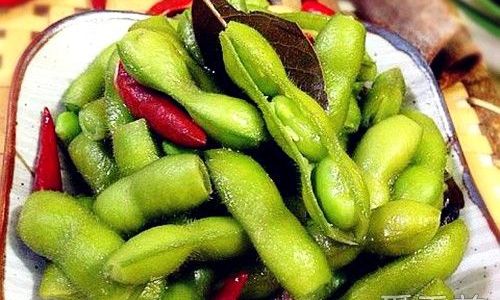
Cooking Methods
There are several methods to cook soybeans, each with its own set of indicators for doneness.
Stovetop Cooking
Stovetop cooking is a straightforward method that allows for close monitoring of the beans.
- Boiling: Place the soaked and rinsed beans in a large pot with enough water to cover them by at least two inches. Bring the water to a boil, then reduce the heat to low or simmer.
- Simmering: Cook the beans at a gentle simmer. The cooking time can vary depending on the type and size of the beans, but it typically ranges from 1 to 3 hours.
Indicators of Doneness:
- Texture: Cooked soybeans should be tender but not mushy. They should easily mash between your fingers or a fork.
- Appearance: The beans will have a uniform, cooked appearance, with the outer skin becoming slightly translucent.
- Taste: Taste a bean to ensure it’s not gritty or raw inside. Fully cooked soybeans will have a creamy, slightly sweet flavor.
Pressure Cooker
Using a pressure cooker is an efficient way to cook soybeans quickly.

- Adding Beans and Water: Place the soaked and rinsed beans in the pressure cooker with enough water to cover them by about an inch.
- Setting the Pressure Cooker: Secure the lid and set the pressure cooker to high pressure. Cooking times vary but are generally shorter than stovetop methods—around 20-40 minutes for most soybeans.
- Natural Release: Allow the pressure to release naturally for the best texture.
Indicators of Doneness:
- Pressure Release: Once the pressure has naturally released, open the cooker carefully and check the beans.
- Texture and Appearance: The beans should be tender and have a cooked appearance similar to those cooked on the stovetop.
- Taste Test: As with stovetop cooking, taste a bean to confirm its doneness.
Slow Cooker
The slow cooker is a convenient option for cooking soybeans, especially if you want to set them and forget them.
- Adding Beans and Water: Place the soaked and rinsed beans in the slow cooker with enough water to cover them by about an inch.
- Setting the Slow Cooker: Cook on low for 6-8 hours or until the beans are tender.
Indicators of Doneness:
- Texture: The beans should be tender and easy to mash.
- Appearance: They will have a cooked, uniform look.
- Taste: Taste a bean to ensure it’s fully cooked.
Additional Cooking Tips
Seasoning and Flavoring
While cooking, you can add seasonings and flavors to enhance the taste of your soybeans. Salt, herbs, spices, and aromatic vegetables like onions, garlic, and carrots can all be added to the cooking water. Remember to add salt only after the beans have started to soften, as adding it too early can toughen the bean skins.
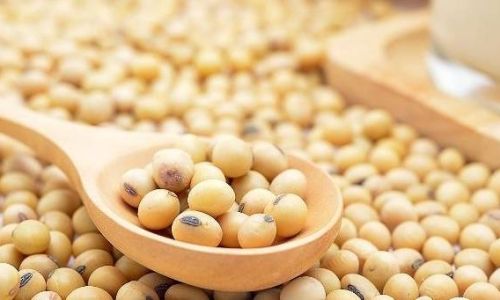
Checking for Doneness
Regardless of the cooking method, it’s essential to check for doneness periodically. Start checking around the midpoint of the estimated cooking time and continue to test every 15-20 minutes until the beans are tender.
Avoiding Overcooking
Overcooking soybeans can turn them into a mushy mess. Once they reach the desired tenderness, remove them from the heat promptly. If you’re not ready to serve them immediately, you can drain and rinse them under cold water to stop the cooking process.
Storage and Reheating
Cooked soybeans can be stored in the refrigerator for up to a week in an airtight container. For longer storage, freeze them in portions in freezer bags or containers. When reheating, use the stovetop, microwave, or oven until heated through.
Nutritional Benefits and Uses
Fully cooked soybeans are a versatile and nutritious food. They are high in protein, fiber, vitamins, and minerals. Here are some creative ways to use cooked soybeans:
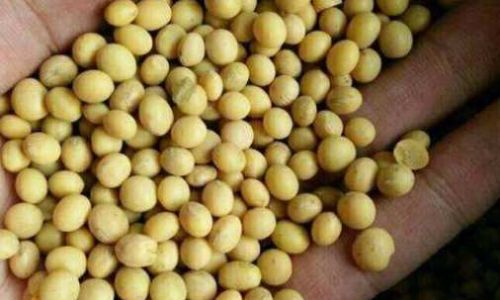
- Salads: Add them to grain or vegetable salads for a protein boost.
- Soups and Stews: Incorporate them into hearty soups and stews for added texture and nutrition.
- Snacks: Roast them with a bit of olive oil and seasoning for a healthy snack.
- Main Dishes: Use them as a base for vegetarian chili or stir-fries.
- Purees and Dips: Blend them into dips or purees for baby food or a creamy spread.
Conclusion
Knowing when soybeans are fully cooked is a crucial skill for anyone who enjoys the versatility and nutrition of these legumes. By understanding the different types of soybeans, preparing them properly, and using various cooking methods, you can achieve perfectly cooked beans every time. Pay attention to texture, appearance, and taste, and don’t be afraid to taste-test periodically during the cooking process. With these tips and techniques, you’ll be able to enjoy delicious, tender soybeans in all your favorite dishes.
Further Reading and Resources
For those interested in diving deeper into the world of soybeans, here are some additional resources:
- Books: “The Soybean and Its Products” by Y.H. Hui provides a comprehensive look at soybeans and their various uses.
- Online Articles: Websites like the USDA’s Agricultural Research Service and health-focused blogs often offer valuable information on cooking soybeans and their nutritional benefits.
- Cooking Classes and Workshops: Many culinary schools and community centers offer classes specifically on cooking with soybeans and other legumes.
By mastering the art of cooking soybeans, you’ll not only enjoy delicious and nutritious meals but also contribute to a more sustainable and plant-based diet. Happy cooking!

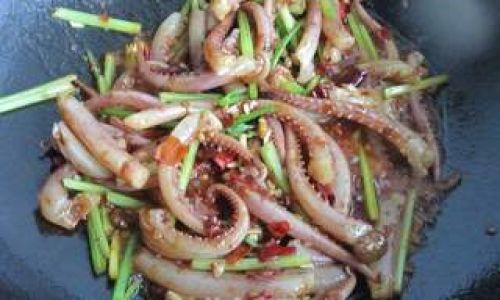
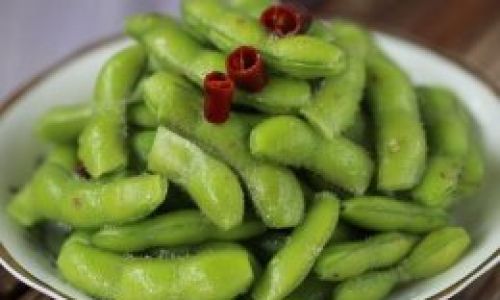
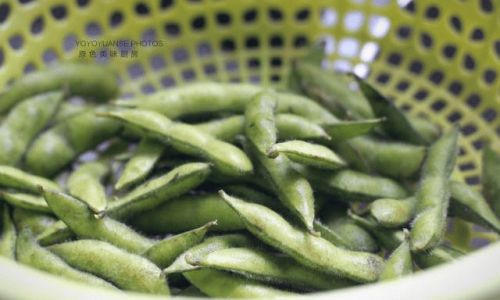
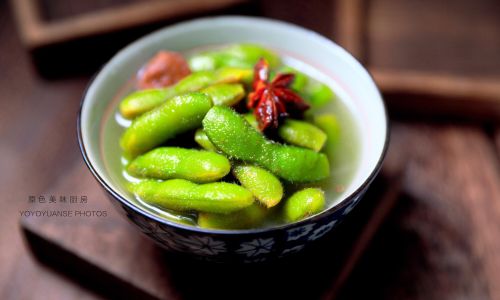
0 comments